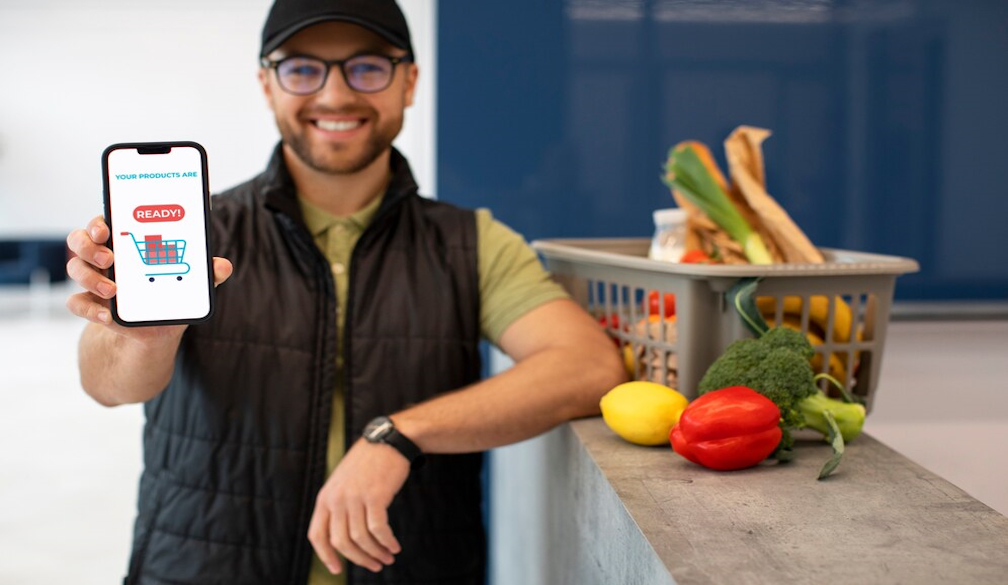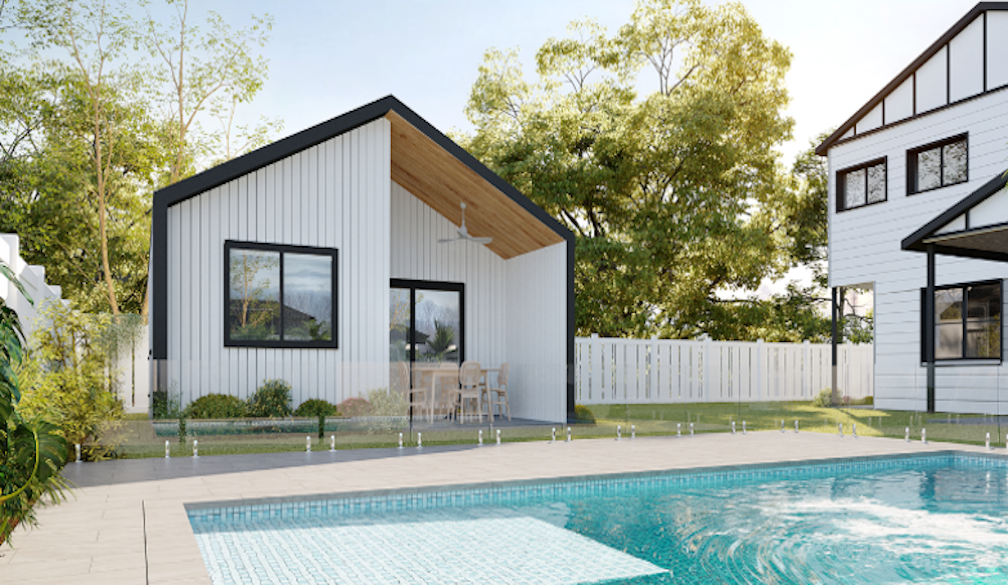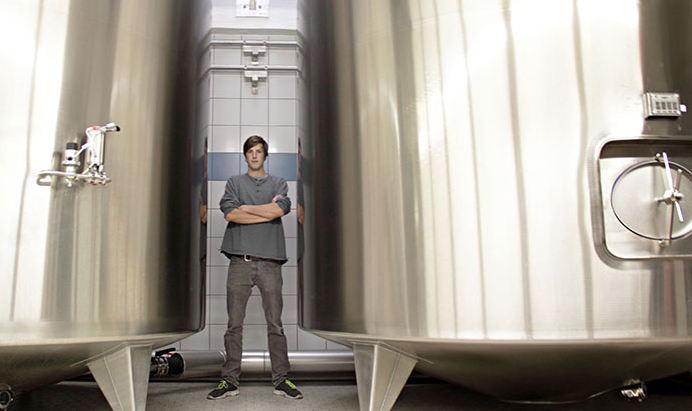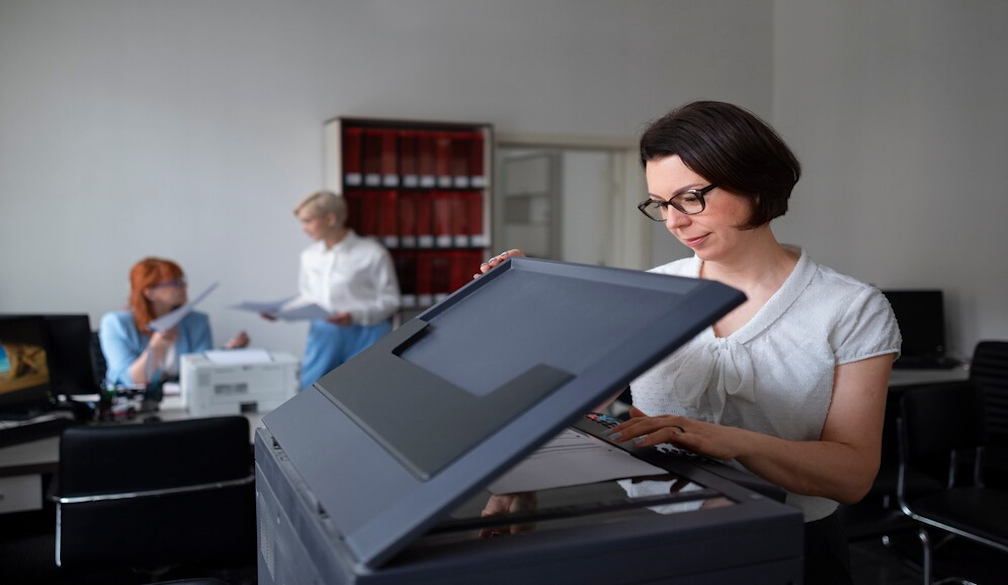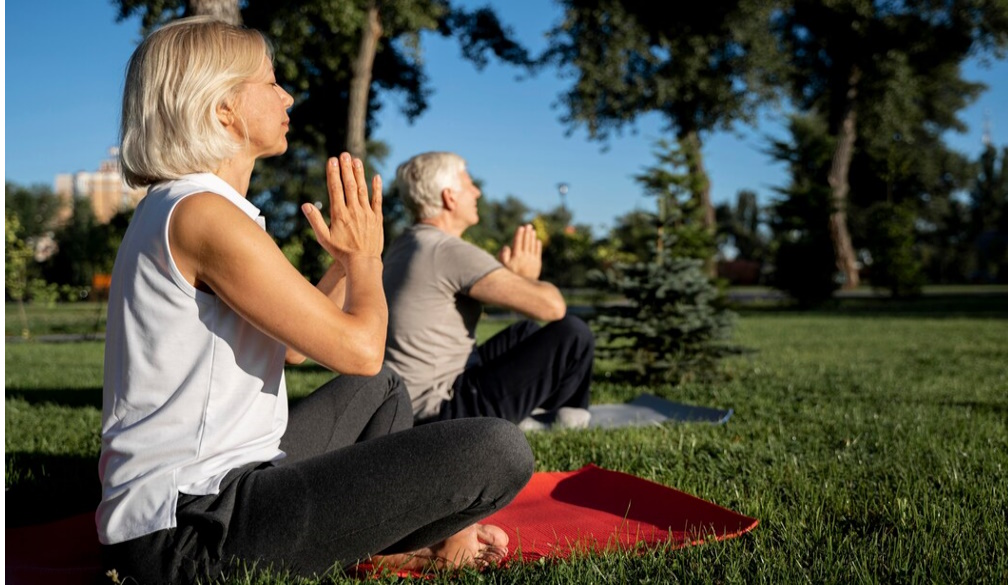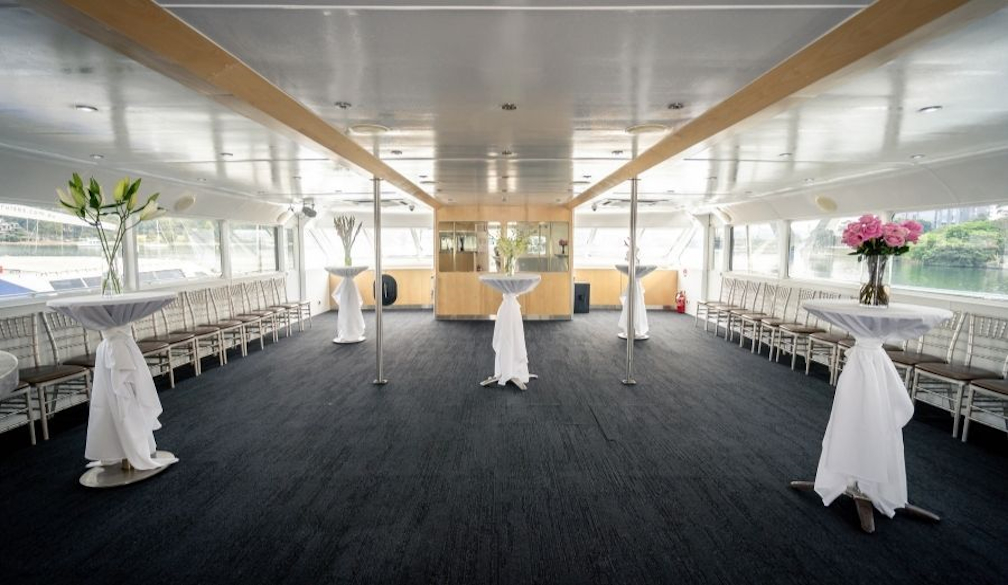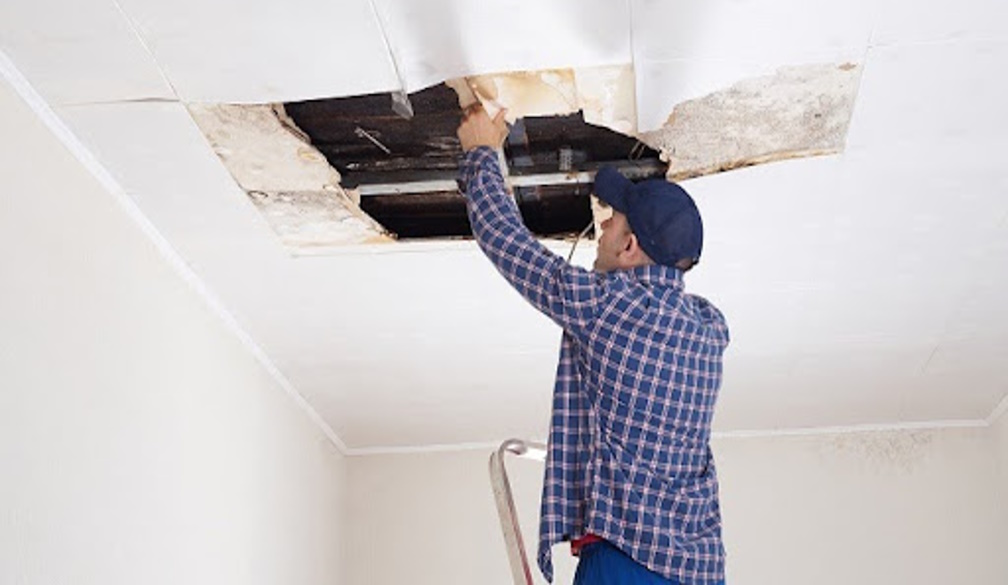Australia is touted as a future clean energy 'superpower' – but research suggests other nations will outperform us
- Written by Paul Graham, Chief economist, CSIRO energy, CSIRO
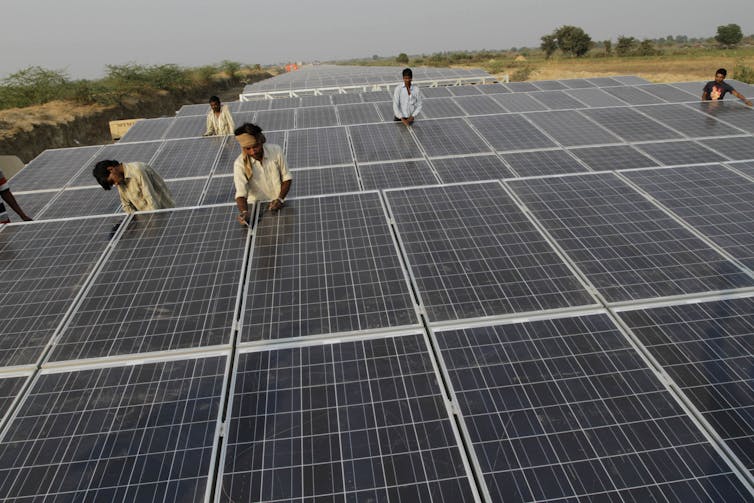
Addressing climate change means enduring some economic pain in the early part of this century to avoid worse outcomes in the long run. But recently the narrative has shifted from pain to opportunity.
In Australia, there’s much talk of this nation emerging from the net-zero transition as a clean energy superpower.
But many other countries are also racing to expand their renewable energy production. This got us wondering: Australia’s renewable resource potential is vast, but will we actually become the world’s biggest energy exporter?
Analysis by CSIRO examined this question. We found Australia was near the top of the pack on factors such as the quality of renewable resources. But we are not the world’s best, and others are nipping at our heels. There’s still much work to be done.
A superpower-in-waiting
Australia has always been rich in energy. We export far more in the form of gas and coal than we use domestically. And a lot of energy used in Australia goes towards producing goods for export such as minerals and metals.
The threat of climate change means the world must reduce its greenhouse gas emissions. That requires less burning of Australia’s abundant fossil fuels.
Economic modelling produced by federal treasury in 2008 and 2011 revealed a gloomy outlook. It showed key industrial sectors such as coal mining, aluminium and steel would all be significantly smaller in a world that takes action to address climate change.
But a reprieve was in sight. Australia has vast amounts of the cheapest climate change solution available: renewable electricity. And between 2010 and 2020, the cost of electricity generated from wind and solar globally fell by 56% and 85%, respectively.
This turned the issue of addressing climate change from challenge to opportunity. Australia is now touted as a future clean energy superpower. There’s even talk of exporting renewable energy – either in the form of “green” hydrogen, or directly via undersea electricity transmission cables.
Much of the opportunity will come from supplying renewable energy to industry. That’s because electricity is the cheapest way to strip emissions from this polluting part of the economy.
And the opportunity goes deeper. The global transition to low-emissions technology entails an exponential increase in wind and solar plants, energy storage, and the transmission infrastructure to get the energy where it’s needed. Manufacturing this technology requires the production of minerals such as aluminium and lithium, of which Australia has large reserves.
So demand for Australia’s minerals and metals is expected to grow. And these producers will have access to cheap home-grown renewable electricity to power their operations, making them more internationally competitive.
Read more: Dutton wants Australia to join the "nuclear renaissance" – but this dream has failed before
But how competitive are we?
So far, so good. But many countries are developing a renewable energy capacity. Those that can produce renewable energy at least cost will come out on top. That comes down to three factors:
the quality of renewable resources, for example, how windy or sunny a place is
the cost of installation (which is determined by labour costs and government regulation)
the existence of a low-cost backup energy supply, such as gas or hydro, for when renewables production is low.
So how does Australia fare? To find out, we studied 194 locations around the world in 13 regions. We determined where renewable energy could be produced most cheaply and how costs varied across the land mass.
Based on the lowest cost site in each region, we estimate the three most competitive global regions for producing renewable energy will be India, Western Europe and China. This applies both in 2030 and 2050.
Australia is ranked a close fourth in 2030. But this rank could slip one place in 2050, if Africa can make better use of its good solar sites by then.
So why did three regions rank above Australia? It partly reflects their lower labour costs and the quality of renewable resources. It’s also due to lower costs for companies installing renewable energy technologies. (Cheaper installation can also be the result of lower labour costs or, as in the case of Western Europe, a more competitive installation sector.)
We don’t know why other countries with comparable labour costs can install technologies more cheaply. But it may reflect economies of scale, or more companies competing for work.
We also calculated the average of costs across the land mass of each region. On that measure, Australia’s ranking improves to third place in both 2030 and 2050.
This indicates the deep quality of Australia’s renewable resources: it’s a windy and sunny place, which helps offset Australia’s relatively higher installation costs.
It’s worth noting, however, that other top-ranked countries face risks that Australia does not. In China and India, for example, labour costs are likely to rise faster as their economies develop.
In addition, these nations have much larger populations and so may need to reserve some renewable resources to meet domestic energy needs.
Staying competitive
Australia’s potential to produce renewable energy at globally competitive prices promises to negate the economic pain of the energy transition. But we can’t rest on our laurels. Other nations have competitive advantages that outweigh our bounty of wind and sun.
So how does Australia stay at the top of the global pack? The main priority is to make our installation sector more competitive. This may develop naturally as the scale of clean energy deployment grows, attracting more companies to the sector.
We must also identify the necessary workforce skills and produce sufficient labour and training, to ensure Australia keeps pace with the global transition.
Authors: Paul Graham, Chief economist, CSIRO energy, CSIRO

